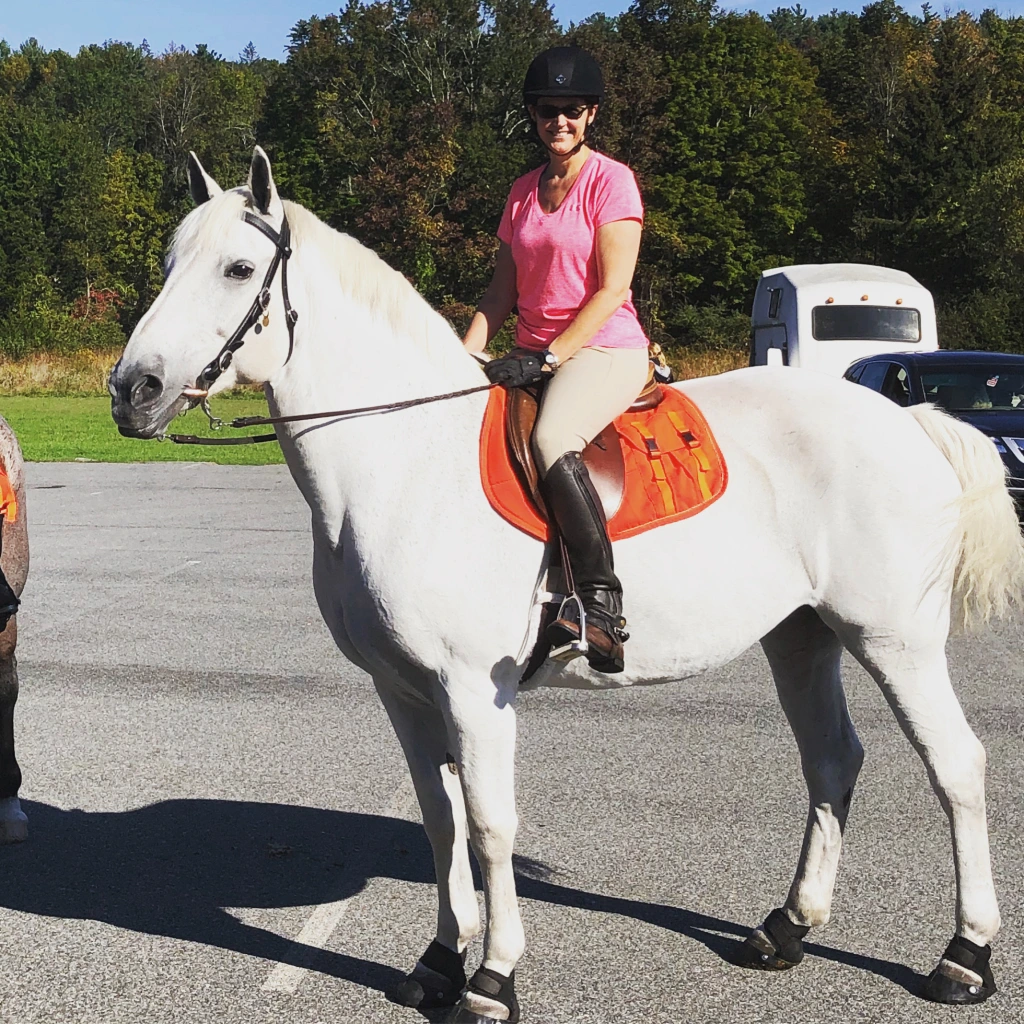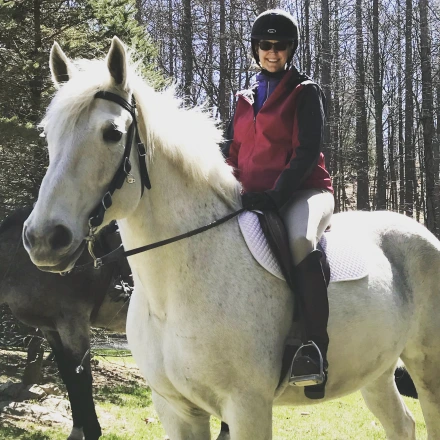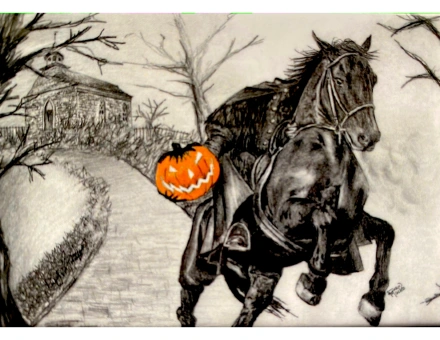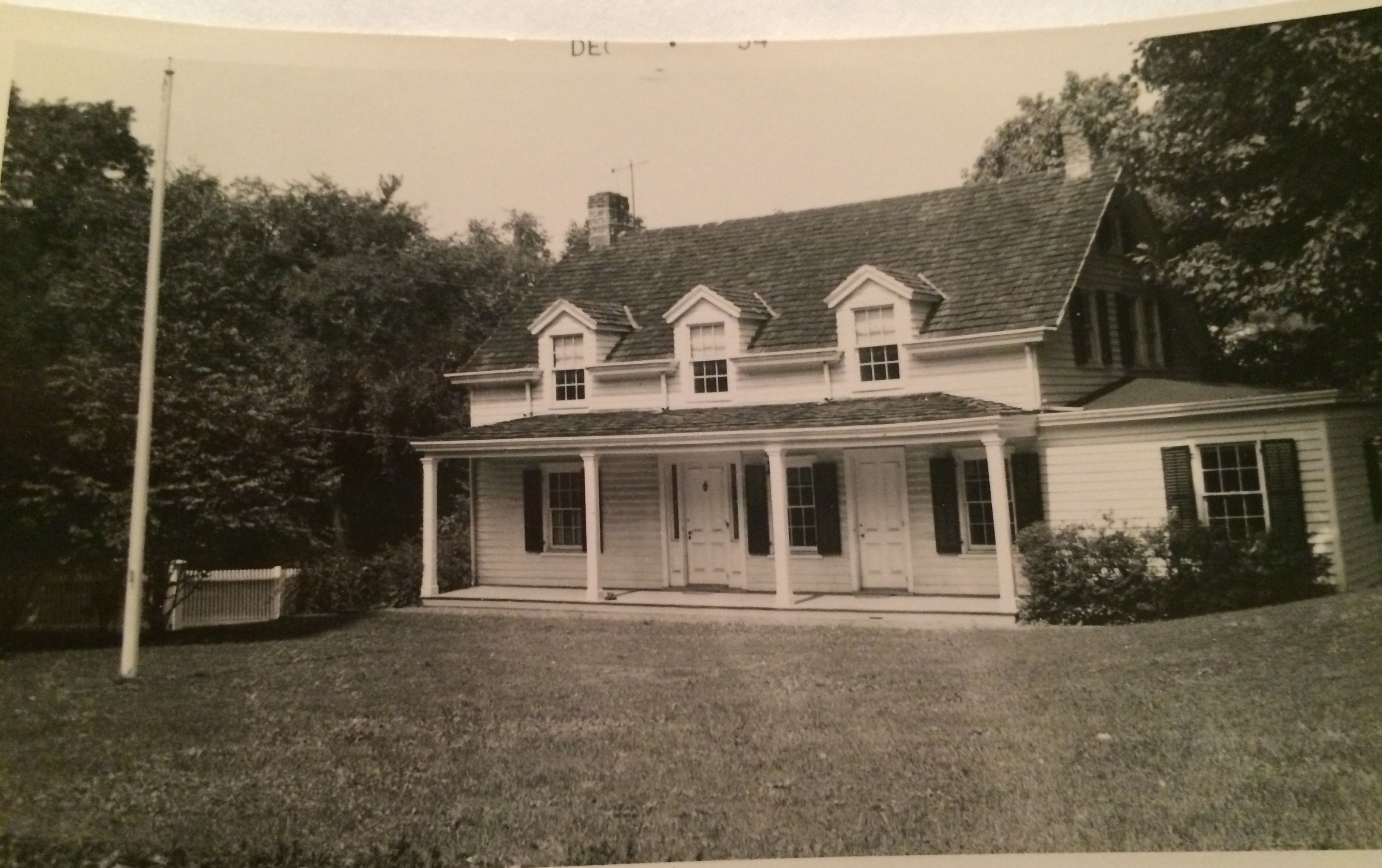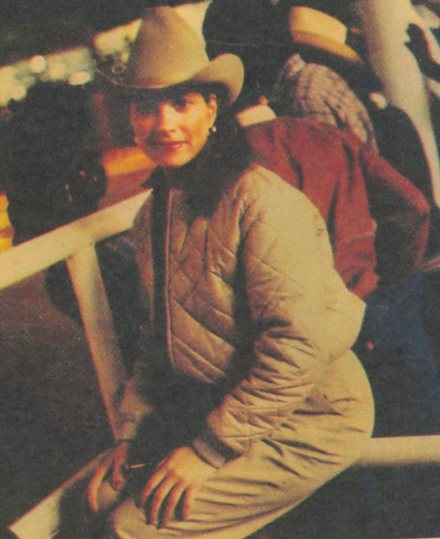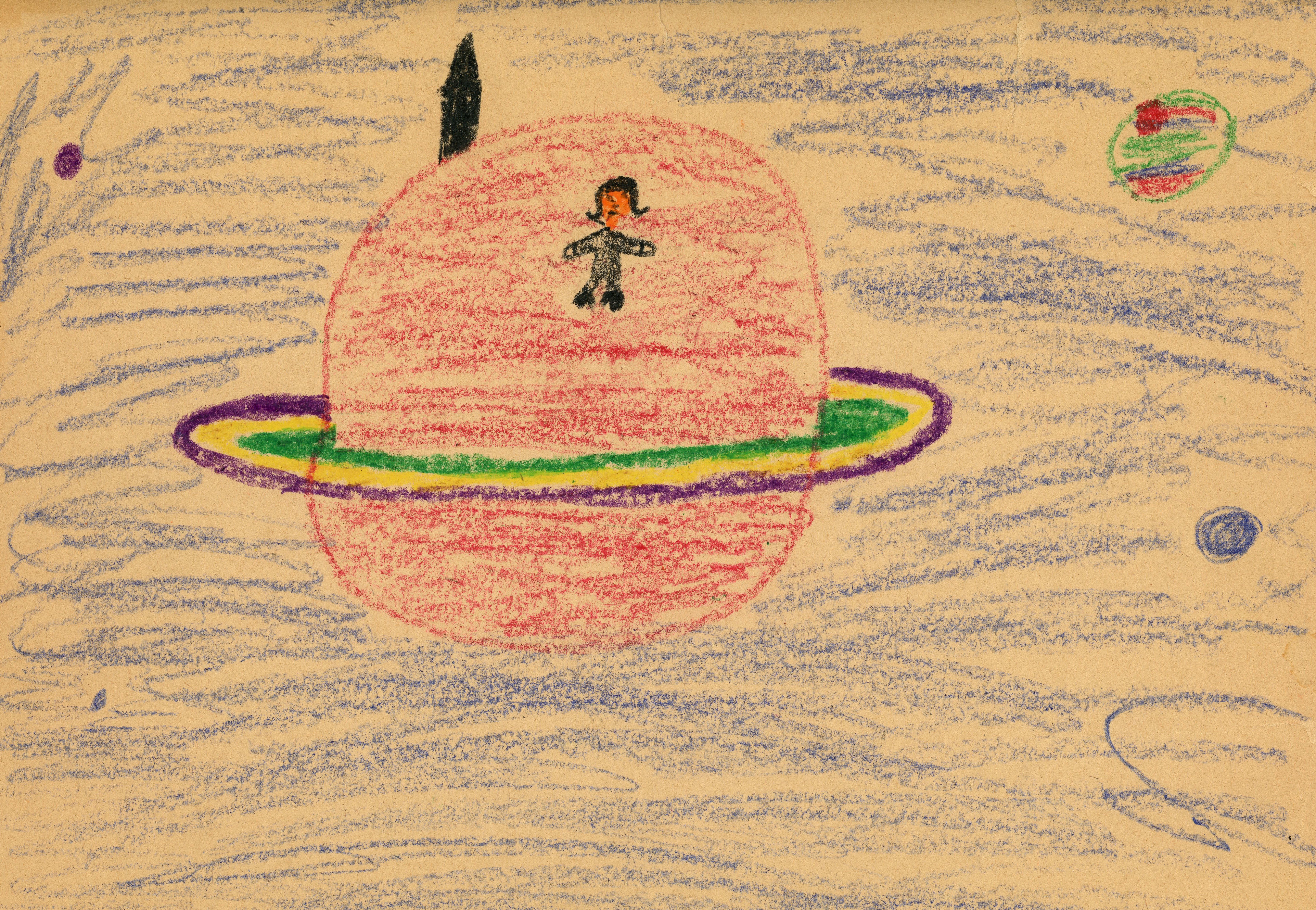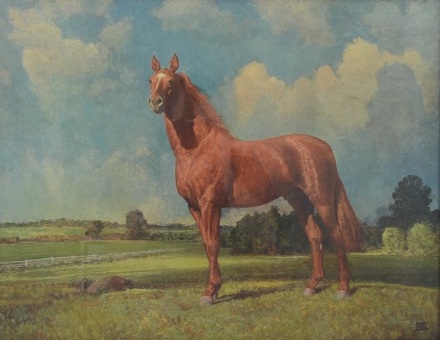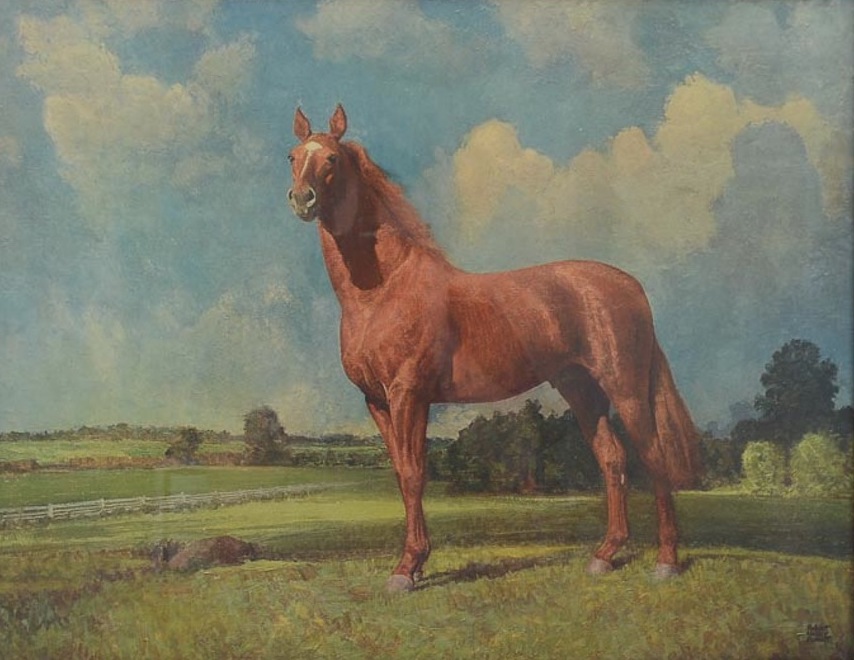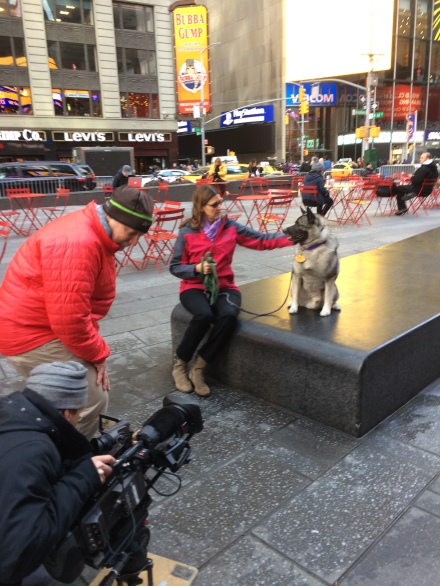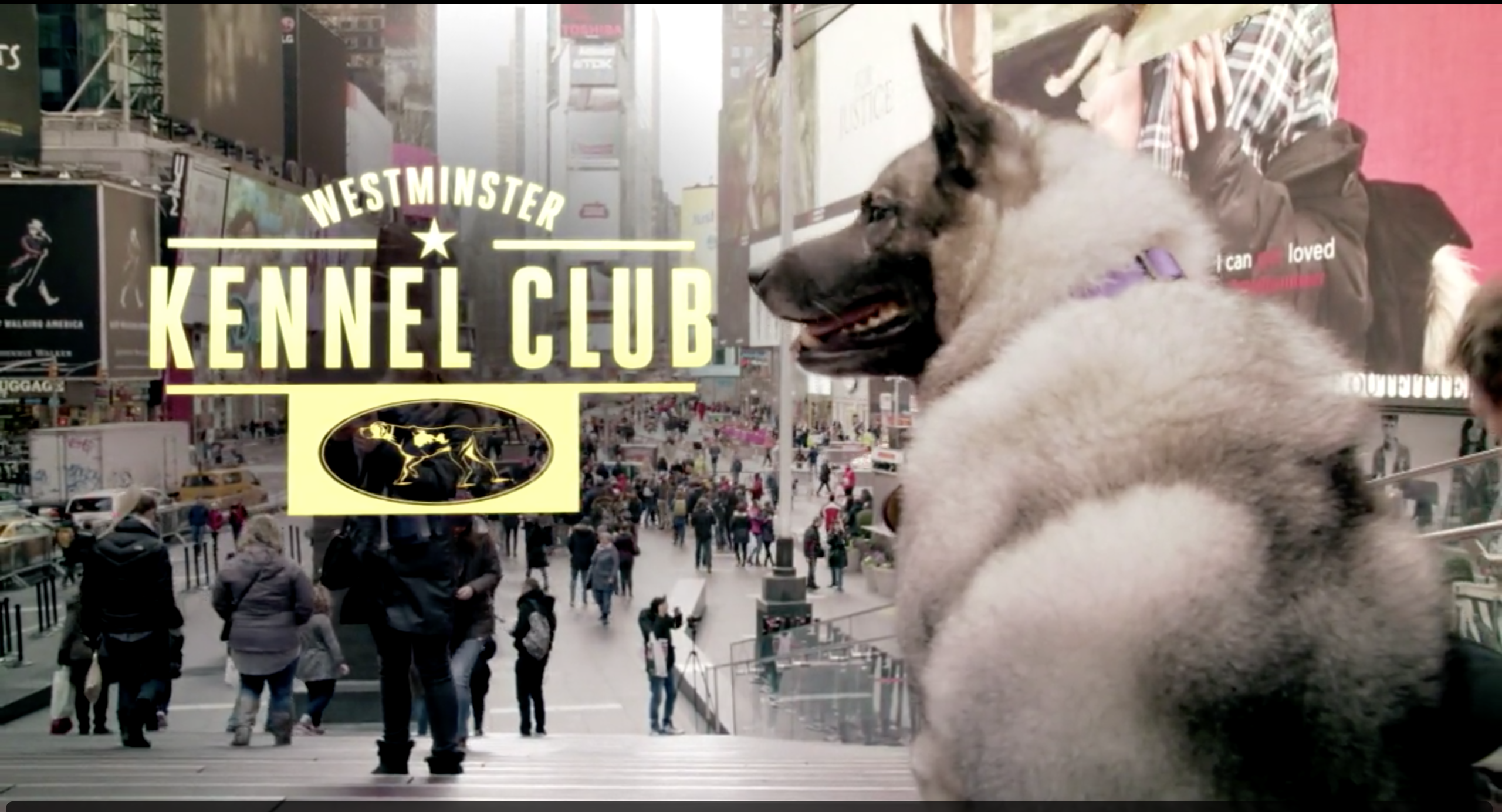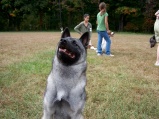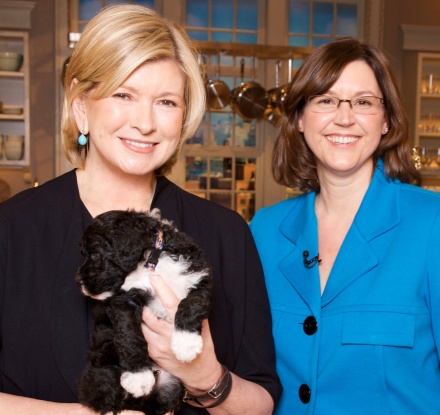This current election cycle lacks any mention of the possible next First Dog of the United States or FiDOTUS as I imagine her friends will call her. Our country has had a long history of Presidential pets including dogs, horses, cats, birds, and a variety of other livestock and wildlife no longer welcome at the White House such as cows, alligators, and raccoons.
Throughout our nation’s history, there have been the iconic moments for pets of POTUS. One of my favorite stories, according to the Presidential Pet Museum, (http://presidentialpetmuseum.com) about Fala, FDR’s famous Scottish Terrier, “In 1944, Fala was with the President on a sea trip to the Aleutian Islands. Rumors spread that Fala was accidentally left on one of the islands. During the 1944 presidential campaign, the Republicans accused him of spending millions of taxpayers’ dollars in sending a destroyer back for him. The President answered the attack in his famous Fala speech while talking to the Teamsters Union. Roosevelt defended his Scottie, saying, that he, Roosevelt, expected such criticism aimed at himself, and that even his family expected negative talk about themselves. However, Fala had not been the same. Since the charge was made: “His Scotch soul was furious.”
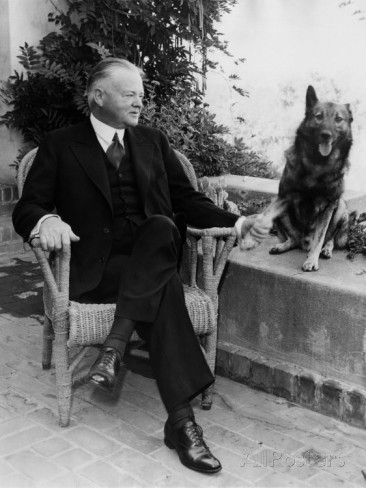
President Herbert Hoover & Weejie the Norwegian Elkhound in 1935
And as an Norwegian elkhound fancier, I’d be remiss if I didn’t mention the little known presidential pet fact, that an 8-week-old elkhound puppy from Norway, named Weejie, was sent to President Herbert Hoover as a gift from the Norwegian Elkhound Association of America in 1931. Who knew?
Miss Beazley & Bo
I’ve been fortunately to have my own history with presidential pets in my former role as an American Kennel Club spokesperson during the last three administrations. I remember the first press release I ever wrote at AKC involved the arrival of a new Scottish Terrier puppy at the George W. Bush White House, home of Barney and Millie. The scottie was bred by none other than former New Jersey Governor Christine Todd Whitman. Named Miss Beazley, the funniest thing about her, was that her father’s name was “Clinton.”
In 2008, Democratic Presidential Nominee Barack Obama announced to his daughters, that win or lose, they would get a dog after the election. For the next 10 months, the news hounds could not get enough of this story. It seemed like all the media wanted to talk about was what kind of dog would the Obama’s get.

First Dog Bo a.k.a. Amigo’s New Hope
I must have made hundreds of media appearances on TV, radio, and in print, educating the public, using the Obama’s search for a dog as an example, to find the right dog for your lifestyle. AKC created an online poll, asking people to choose among five dog breeds we thought would make a great fit for the potential first family. More than 42,000 votes were tallied with the Poodle as the winner. During that time, an AP and Yahoo! poll found that 42 to 37 percent of pet owners favored John McCain over Obama for president. The Associated Press contacted us for a response. On July 8, 2008, in USA Today, my words became the AP Quote of the Day: “From an image standpoint, nothing humanizes a candidate more than seeing him lovingly dote on his pet or toss a ball around on the White House lawn.”

The “furvor” over the next FiDOTUS peaked in April 2009, with the announcement of Bo the Portuguese Water Dog’s arrival at the White House. Within hours, I was speaking on Good Morning America, CNN’s The Situation Room, World News Tonight, Fox & Friends, and with Michael Smerconish on his radio show in DC. The next day my appearance on Martha Stewart Living with an adorable 6-week-old Portuguese Water Dog puppy, had me answering probing questions from Martha like, “Will this ‘water dog’ learn to swim in the White House fountain?”
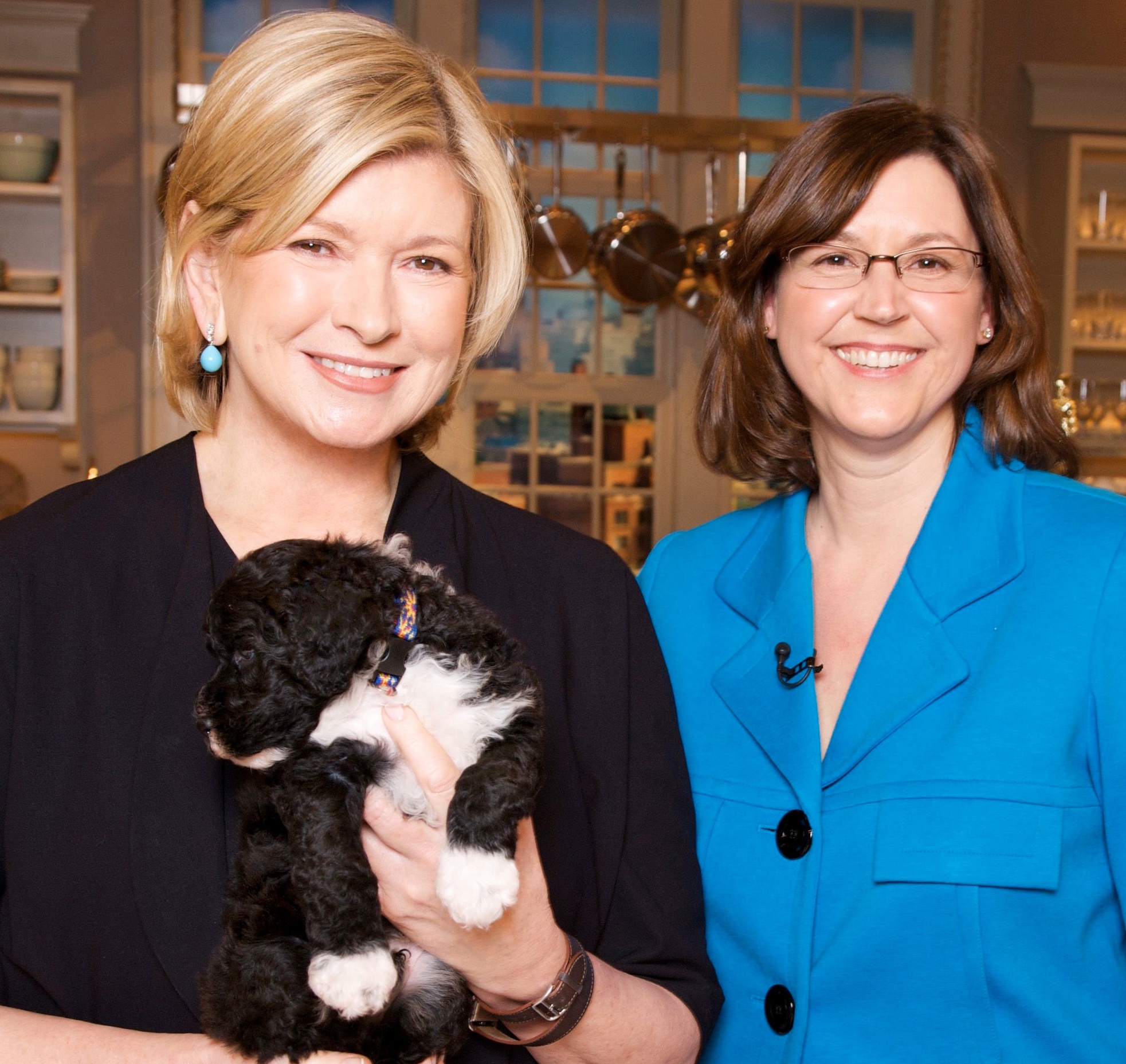
Romney & Seamus
By the 2012 presidential campaign, the media tried to recapture those billions of impressions by focusing again on the candidates’ dogs, including an Irish Setter named Seamus. However, it didn’t turn out so well for Mitt Romney. According to the Associated Press: “The Presidential candidate was traveling with his Irish setter on a family vacation in 1983 when he put the dog inside a crate and strapped it to the roof of his car for the duration of the 12-hour drive from Boston to Ontario.”
Dog lovers outraged at this became protesters in New York City holding signs that said “Mitt is Mean” and “Dogs Aren’t Luggage” and “I Ride Inside.” According to the Washington Post, “Late-night host David Letterman has been giving the dog near-nightly shout-outs. There are parody Web videos and Facebook groups.” The article continued, “The New Yorker featured a cartoon, with Rich Santorum riding in Romney’s rooftop dog carrier, on its cover last week. In the five years since the story was revealed, New York Times columnist Gail Collins has mentioned Seamus in at least 50 columns.”
The AP called again for me to weigh in, “As for Romney,” Peterson said he was halfway to responsible dog ownership in 1983. “The first step toward responsible dog ownership is putting the dog in a crate when you travel,” Peterson said. “The second step is putting the crate inside the car.”
President Obama’s reelection campaign, having a biting sense of humor, also weighed in when Obama strategist David Axelrod tweeted a picture of Obama holding his dog, Bo, in the presidential limousine and wrote, “How loving owners transport their dogs.”
The last two elections were fun and upbeat for dog lovers. This year’s contest lacks any humanizing. In fact, all we have to look forward to is whether the Clinton’s current poodle mixes, Maisie and Tally, can outshine former Clinton FiDOTUS, Buddy, the chocolate Lab and his cohort, Socks the cat.
